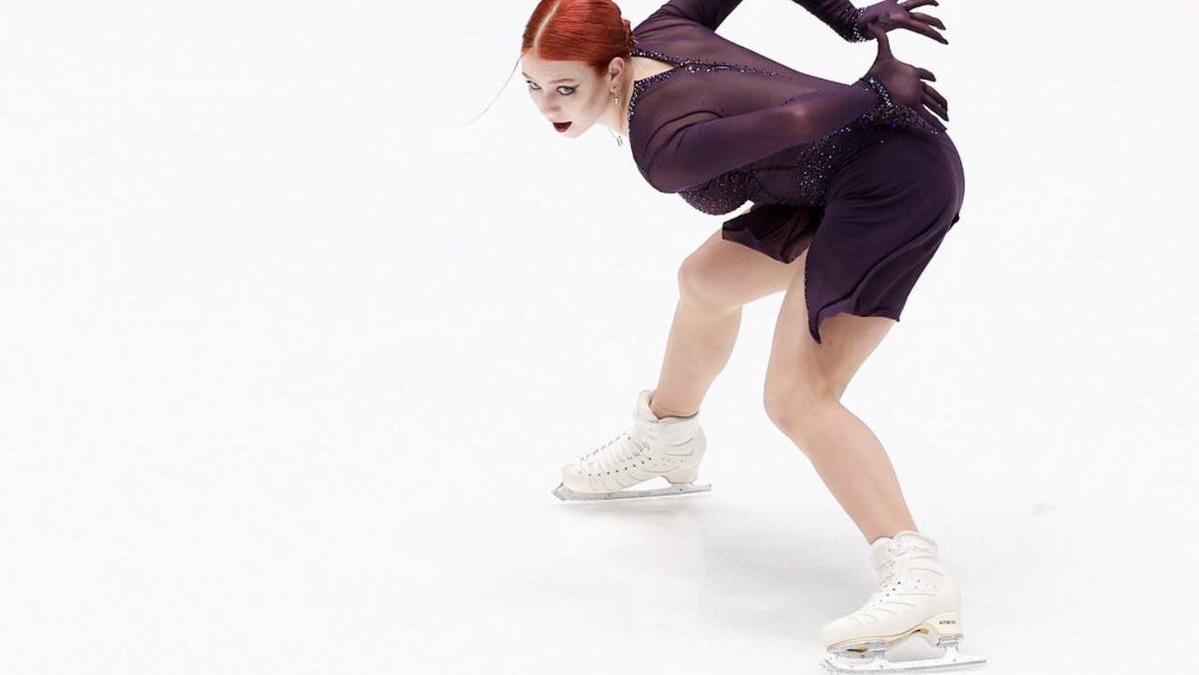January 15, 2025
Alexandra Trusova Expecting a Child
May 23, 2025

Connor McDavid, the Edmonton Oilers’ captain and one of the NHL’s brightest stars, sets the standard for ice hockey excellence. Named the unanimous Hart Trophy winner in 2023 and the 2024 Conn Smythe Trophy recipient, McDavid’s dominance—evidenced by 90 points (26 goals, 64 assists) in 63 games this season and 19 playoff points (three goals, 16 assists) in 12 games—stems from disciplined habits that any player can adopt. This article outlines five key habits inspired by McDavid’s training, recovery, and mental strategies to help ice hockey players boost performance, backed by insights from his routines and advanced metrics. Whether you’re a junior player or a seasoned pro, these habits can drive you toward greatness on the ice.
McDavid’s explosive speed and endurance, clocked at stickhandling 40 km/h, are built through rigorous off-ice training. Since his teenage years, working with trainer Gary Roberts, McDavid has followed a structured regimen focusing on bodyweight exercises, speed drills, and light weightlifting to enhance strength without sacrificing agility. His 37.61 miles of total skating distance this postseason (91st percentile per NHL EDGE stats) reflects his elite conditioning, enabling sustained performance in high-intensity playoff games.
McDavid credits daily naps for maintaining energy during grueling seasons. As a teenager, he embraced rest to transform from a “wispy” 166-pound prospect into a chiseled 6-foot-1, 193-pound NHL star. His recovery focus supports his playoff durability, averaging 22:08 time-on-ice per game in 2025, even under defensive pressure from teams like the Dallas Stars. Rest fuels his 1.7 points-per-game average over the past four seasons.
McDavid’s intense workouts demand 4,500–5,000 calories daily, emphasizing high-protein, nutrient-dense foods. Under Roberts’ guidance, he adopted a disciplined diet, avoiding processed foods to sustain peak performance. This nutritional foundation supports his ability to generate 10 high-danger shots on goal (87th percentile) in the 2025 playoffs, showcasing his sustained power and precision.
McDavid’s skating, described as pushing skates in the right direction for optimal speed, leverages his type IIa muscle fibers for quick-twitch power and endurance. He uses shin and ankle engagement to generate force, minimizing energy waste, which contributes to his 47 shots on net in 12 playoff games this year. His technique, honed since age three on rollerblades, allows him to outmaneuver defenders effortlessly.
McDavid’s “uncanny playmaking ability” and hockey IQ, praised by teammates, stem from vision training that sharpens spatial awareness. His ability to execute at high speed—evidenced by two assists in Game 1 against Dallas, including a power-play helper—relies on reading plays early. This skill allows him to lead the NHL with 16 playoff assists in 2025, often setting up linemates like Ryan Nugent-Hopkins.
Connor McDavid’s habits—off-ice conditioning, recovery, nutrition, skating efficiency, and vision training—fuel his NHL dominance, from 100 points in 2016–17 to the 2024 Conn Smythe Trophy. His 37.61 miles skated and 10 high-danger shots in the 2025 playoffs highlight the impact of these routines. By adopting these five habits, ice hockey players can build strength, sharpen skills, and elevate their game. Commit to daily practice, track progress, and channel McDavid’s relentless drive to skate faster, play smarter, and chase greatness on the ice.
By Vitalina Andrushchenko, Staff Writer

January 15, 2025
Alexandra Trusova Expecting a Child

April 05, 2025
Alexandra Trusova and Makar Ignatov Reveal the Gender of Their Future Child

December 26, 2024
2025 World Junior Championship Schedule